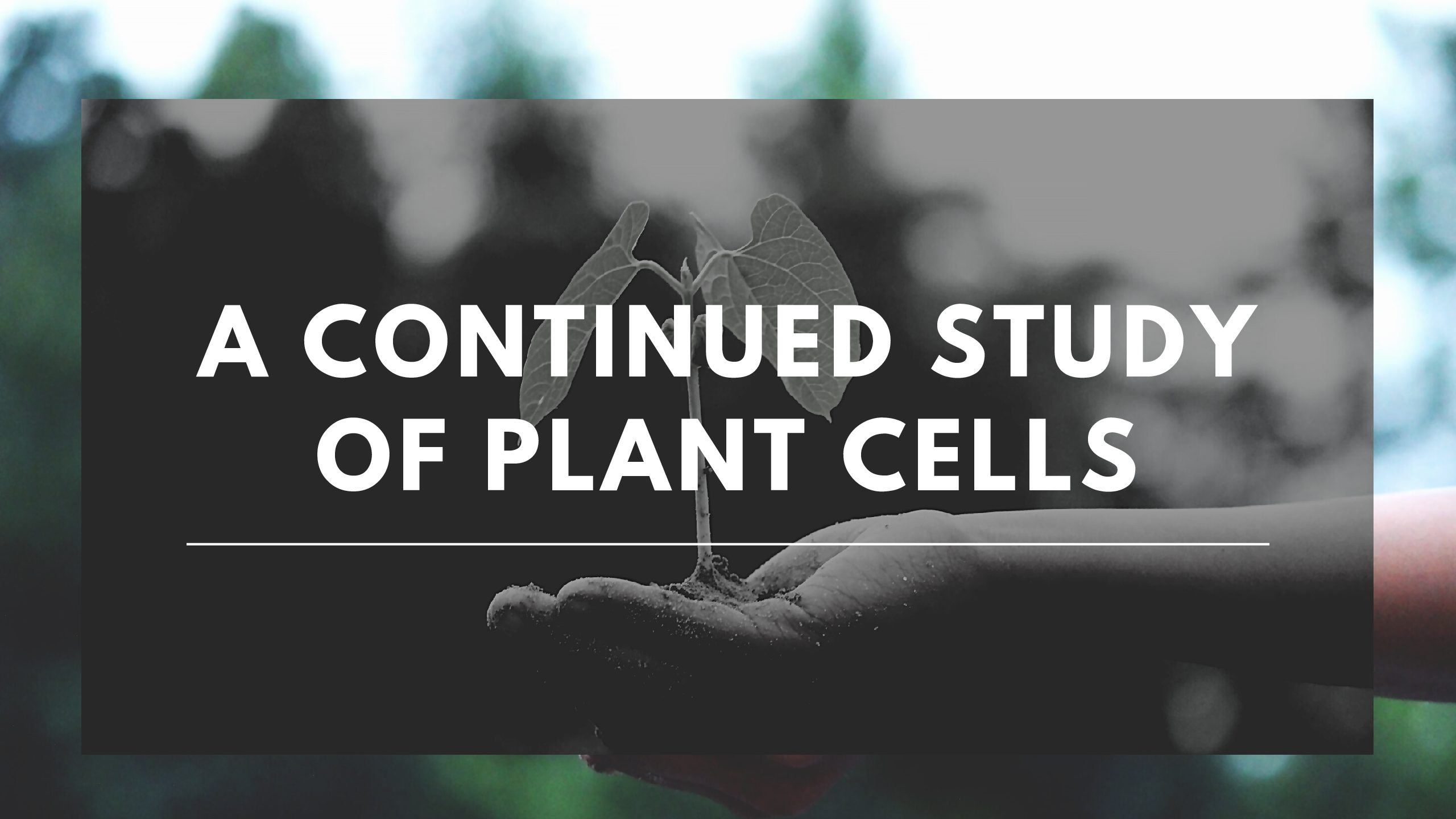Plants are indeed one of the most miraculous things on this planet. In our previous article, we studied the importance of plants to our system of functioning, as well as some basics on the cellular level. Join us as we delve deeper into the parts of the cell structure.
Endoplasmic Reticulum
The endoplasmic reticulum, also known as the ER, is a network of sacs that process, transport, and manufacture chemical compounds for use inside and outside of the plant cell. The ER is connected to the multi-layered nuclear envelope, providing a pipeline like structure between the cyotoplasm and the nucleus. In plant cells specifically, the ER also connects the area between cells via the plasmodesmata.
Golgi Apparatus
The Golgi is the shipping and distribution department for the cell’s products. Think of it as the factory or post office of the cell. It modifies and alters proteins and fats built in the endoplasmic reticulum and prepares them for export throughout and outside the cell.
Microtubules
Microtubules are hollow cylinders that are found throughout the cytoplasm of exclusively eukaryotic cells. Meaning that prokaryote cells do not contain microtubules. They are the jack of all trades of the cell and carry out a variety of functions.
Mitochondria
The mitochondria are the powerhouse of the cell. They are elongated shaped organelles found solely in the cytoplasm of the cell. In plant cells specifically, they breakdown carbs and sugars to provide energy for the whole cell.
Keep an eye out for our third and final installment of the journey into the plant cell.
